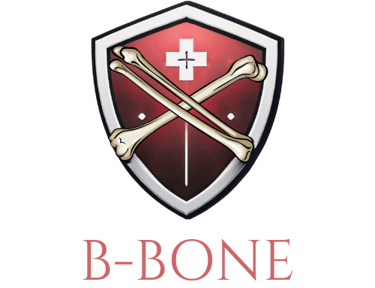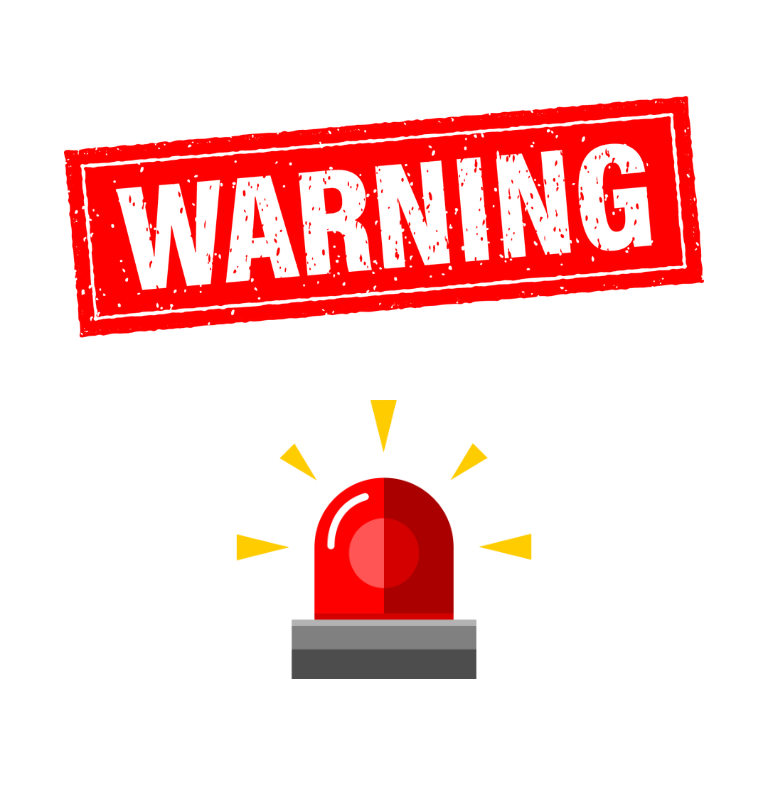

SCAM ALERT
To protect our patients and community from fraud, impersonation, and scams, please be aware that BBone Limb Lengthening Recovery Center only uses the following official communication channels:
Our Official Contact Channels:
1. Email: bbonehcm@gmail.com
2. Phone / WhatsApp: +84 987 7777 06
3. Official Website: bbonehcm.com
4. WeChat Official Account: thao_369
5. DingTalk (钉钉) Official Account: thao369
6. LINE Official Account: thao_369
Warning
We do NOT authorize any other individuals, agents, or accounts to represent us or to collect payments or patient information on our behalf.
If you are contacted by anyone outside these official channels—especially individuals claiming to be our team or asking for money—please:
Do not share any personal information
Do not transfer any money
Report it to us immediately through one of the official contacts above
Stay Safe
Always double-check the contact source before communicating or making any payments. Your safety and trust are our highest priority.
What is L.O.N lengthening method
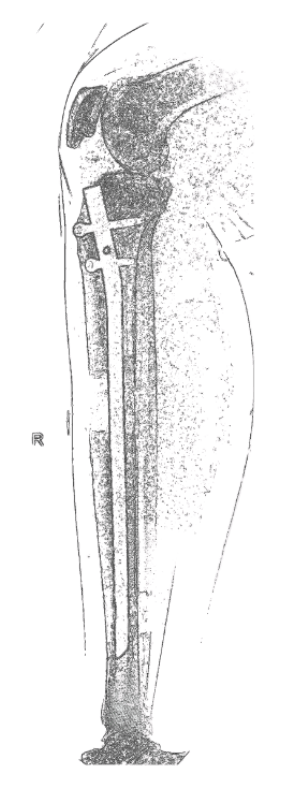



1. L.O.N method
L.O.N. stands for Lengthening Over Nail, a surgical technique used in limb lengthening procedures, especially for the tibia (shinbone) and femur (thighbone).
Here’s a breakdown of what it is and how it works:
L.O.N. is a hybrid technique that combines:
1. External fixator (metal frame attached outside the leg)
2. Intramedullary nail (a metal rod inserted inside the bone)
How It Works:
1. Surgery: The bone (tibia or femur) is cut (osteotomy), and a metal nail is inserted into the bone canal.
2. External fixator is attached to the bone using pins or wires.
3. Lengthening: Over several weeks, the external fixator is gradually adjusted to slowly pull the bone segments apart (about 1 mm/day)
4. Stabilization phase: Once the target length is reached, the external fixator is removed, and the internal nail supports the healing bone.
5. Full bone healing continues while the intramedullary nail keeps everything stable.
Advantages of L.O.N:
Shorter time with external fixator compared to classic Ilizarov method (external-only).
Better patient comfort and lower infection risk once fixator is removed.
Higher stability during bone consolidation.
Can allow early weight-bearing (especially with femur).
Possible Disadvantages:
Two implants: internal and external → more complex surgery.
Risk of deep infection if external pin sites are not properly managed (bacteria can travel to the nail).
Slightly longer surgical time than other methods.
Used For:
Both tibia and femur lengthening.
Often preferred when cost is a concern (compared to fully internal lengthening nails like PRECICE).
Good for moderate lengthening goals (e.g. 5–8 cm).
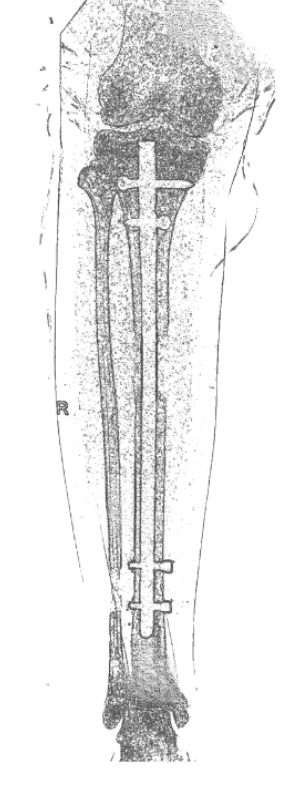

FAQ
1. How do we manage paint?
Epidural Pain Management – The New Standard for Painless Recovery
At our center, your comfort and safety always come first. That’s why we provide standardized epidural pain management for all patients undergoing tibial or femoral limb lengthening surgery.
This modern and highly effective method ensures a smoother, more comfortable recovery—starting from the very first day after surgery.
What Is Epidural Pain Management?
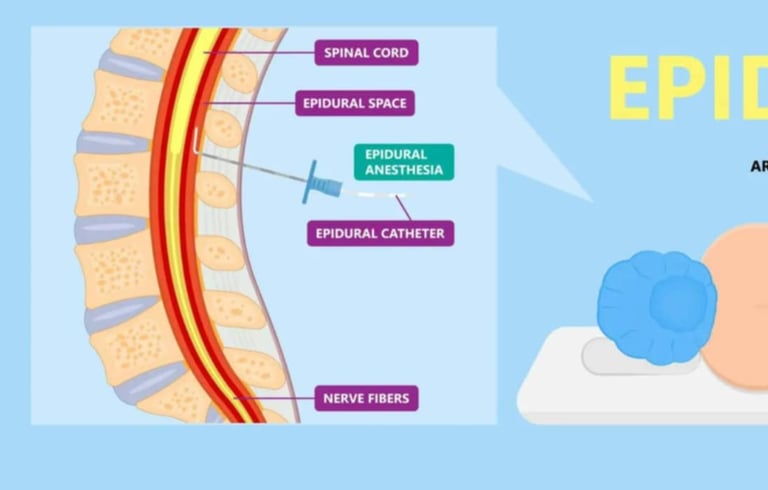



Epidural analgesia involves placing a soft catheter near the spinal nerves in your lower back. Through this catheter, a continuous flow of pain-relieving medication is delivered, effectively blocking pain signals and keeping the surgical area numb or nearly pain-free.
It is especially effective during the first 2–3 days after surgery, which are often the most challenging.
Why Do We Use It for Every Lengthening Patient?
Superior Pain Relief: Compared to oral or intravenous painkillers, epidural analgesia is more effective at controlling deep bone and muscle pain.
Continuous and Stable Comfort: The medication is released around the clock, providing consistent pain relief without the ups and downs of pills or injections.
Faster, Smoother Recovery: Good pain control helps you rest better, begin gentle movement earlier, and recover more efficiently.
Fewer Side Effects: Unlike IV painkillers, epidural medications can reduce side effects like nausea, dizziness, and drowsiness.
How Are We Different?
In many hospitals or clinics, post-operative care still relies on conventional IV pain medications, which have shorter duration, more side effects, and limited effectiveness—especially for deep post-surgical pain after limb lengthening.
We go further.
We believe that major surgery deserves advanced pain management. Our use of epidural analgesia offers patients a near-painless recovery experience—a level of care that many others simply don’t provide.
Comfort First. Safety Always
Every epidural is administered by a trained anesthesiologist and monitored 24/7 by our medical and nursing team. We continuously adjust medication levels based on your needs to keep you in the optimal comfort zone.
The epidural catheter typically remains in place for 2–3 days, after which we help you transition smoothly to oral pain medications—ensuring ongoing comfort.
Our Promise: Less Pain, Faster Healing, More Peace of Mind
We're not just here to perform surgery—we’re here to guide you through a safe and comfortable recovery.
From the moment you wake up after surgery, we’re by your side, working to make every step of your recovery easier, safer, and more reassuring.
Choose advanced technology. Choose a painless recovery. Choose a medical team that truly cares about you.
2. Complication and how to fix them
Bone Healing Issues
Delayed Union or Nonunion (Bone does not form or hardens slowly)
Cause: Poor blood supply, over-lengthening, or insufficient nutrition.
Solution:
Slow down or pause the lengthening process.
Use bone stimulators or medications (as prescribed).
Ensure adequate intake of calcium, vitamin D, and protein.
Additional surgery may be required in severe cases.
Bone Deviation / Bowing / Bending During Lengthening
Cause: Uneven lengthening or muscle imbalance.
Solution:
Monitor closely with regular X-rays.
Adjust the external frame if needed.
Resume physical therapy to correct muscle tension.
Surgery may be needed to realign.
Refracture (Bone breaks again after healing)
Cause: Premature removal of nail/frame or trauma.
Solution:
Immobilize the limb immediately.
May require surgical repair or re-fixation.
Ensure gradual return to weight-bearing.
Excess Bone Formation (Preventing nail from lengthening)
Cause: Overstimulation or natural healing response.
Solution:
Pause the process and consult with the doctor.
If severe, revision surgery may be needed to remove excess bone.
Loss of Length
Cause: Frame or nail failure, premature weight-bearing.
Solution:
Early detection is critical—X-ray checks every 2 weeks.
May require adjustment or repeat surgery.
Muscle Tightness & Joint Stiffness
Cause: Muscles, tendons tightening due to lengthening.
Solution:
Daily stretching & physical therapy.
Use of heat therapy, massage.
Prescription muscle relaxants if needed.
Delay frame removal if joints cannot fully extend or flex.
Joint Instability or Dislocation
Cause: Muscle imbalance or improper movement.
Solution:
Strengthen supporting muscles with guided therapy.
Support braces may be recommended.
Surgery in rare cases.
Nerve Damage or Numbness
Cause: Over-lengthening or nerve compression.
Solution:
Slow down or pause lengthening immediately.
Take B-complex vitamins (provided by our team).
Use nerve pain medications if prescribed.
If persistent, may require nerve conduction studies and medical intervention.
Pin-site Infections (External Frame Patients)
Cause: Bacteria entering through pin site.
Solution:
Professional daily cleaning with antiseptic by nurse.
Never touch with bare hands.
Early-stage: oral antibiotics.
Severe cases: IV antibiotics or frame removal.
Deep Infection (Bone or Soft Tissue)
Cause: Post-surgical infection.
Solution:
Early detection via swelling, redness, or fever.
Antibiotic treatment or surgical debridement may be necessary.
Hardware Failure (Frame or Nail Malfunction)
Cause: Technical errors, overuse, or poor-quality devices.
Solution:
Stop weight-bearing immediately.
We will inspect the frame/nail.
Doctor will repair or replace the device if needed.
Lengthening Too Quickly
Cause: Turning rods too frequently or too many times per day.
Solution:
Strictly follow prescribed schedule (typically 4 times/day, 0.25 mm each).
Over-lengthening may lead to reversal or additional surgery.
Weight-Bearing Too Early
Cause: Walking before clearance.
Solution:
Strictly follow the doctor’s weight-bearing schedule.
Premature loading can cause bending or frame failure.
Blood Clots (DVT)
Cause: Immobility after surgery.
Solution:
Start walking as soon as medically allowed.
Use blood thinners as prescribed.
Wear compression stockings.
Notify medical staff immediately if there is leg swelling or chest pain.
Pain
Cause: Muscle tension, pin pressure, nerve stretching.
Solution:
Use prescribed painkillers appropriately.
Apply heat therapy or TENS.
Adjust physical therapy intensity if needed.
Difficulty Sleeping
Cause: Pain, anxiety, or discomfort.
Solution:
Inform the team. We can provide sleeping aids (natural or medical).
Maintain a calming bedtime routine.
Pain management at night is important for rest and healing.
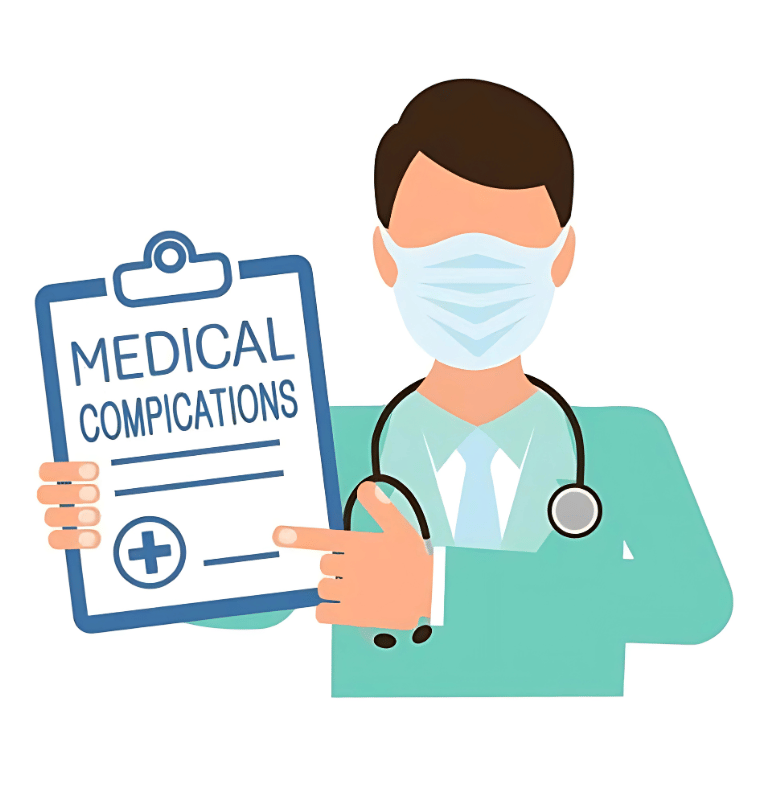

Office location
287 Tran Xuan Soan St., District 7, Hochiminh City 700000
Contacts
bbonehcm@gmail.com
Tel +8498 77 77 706
